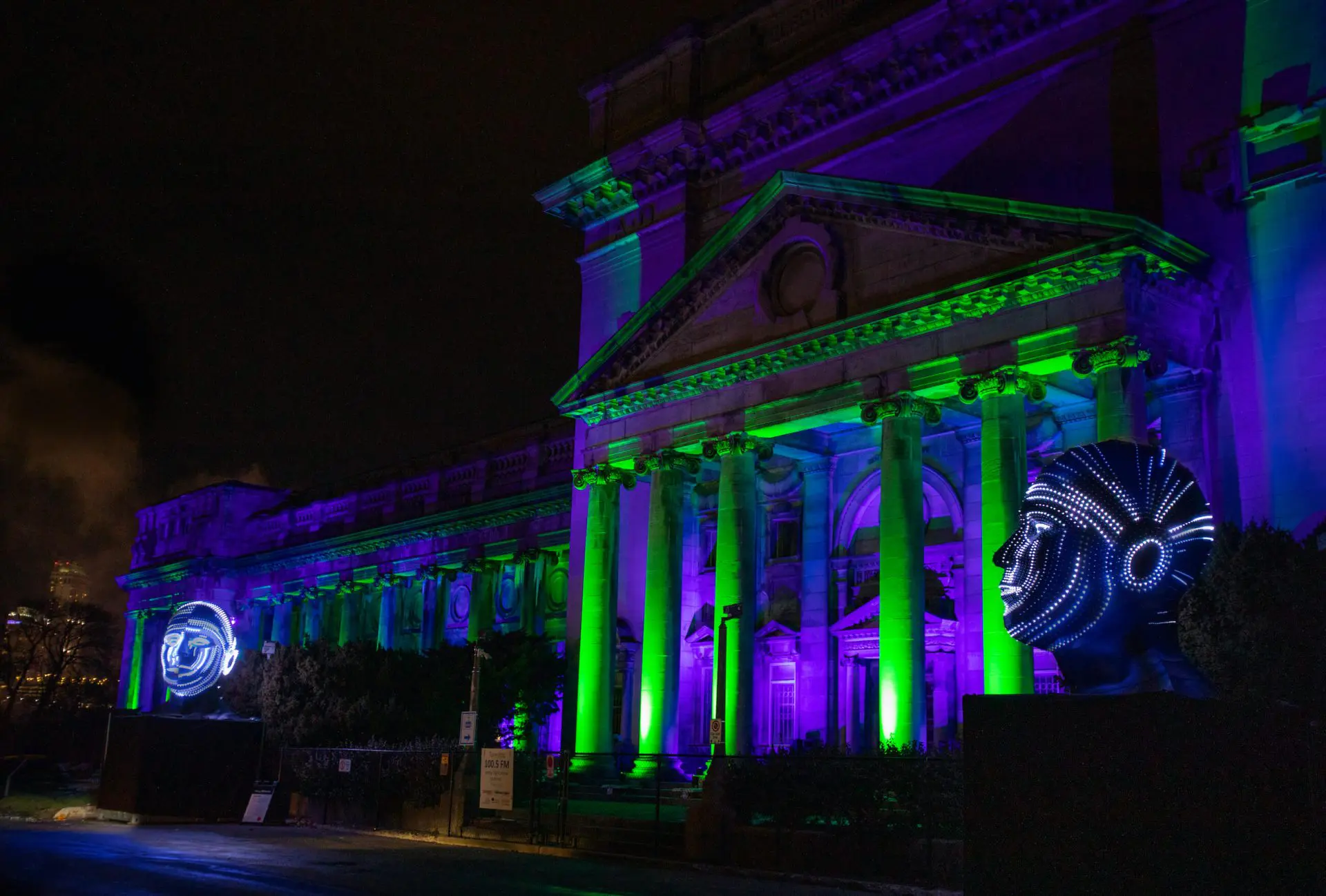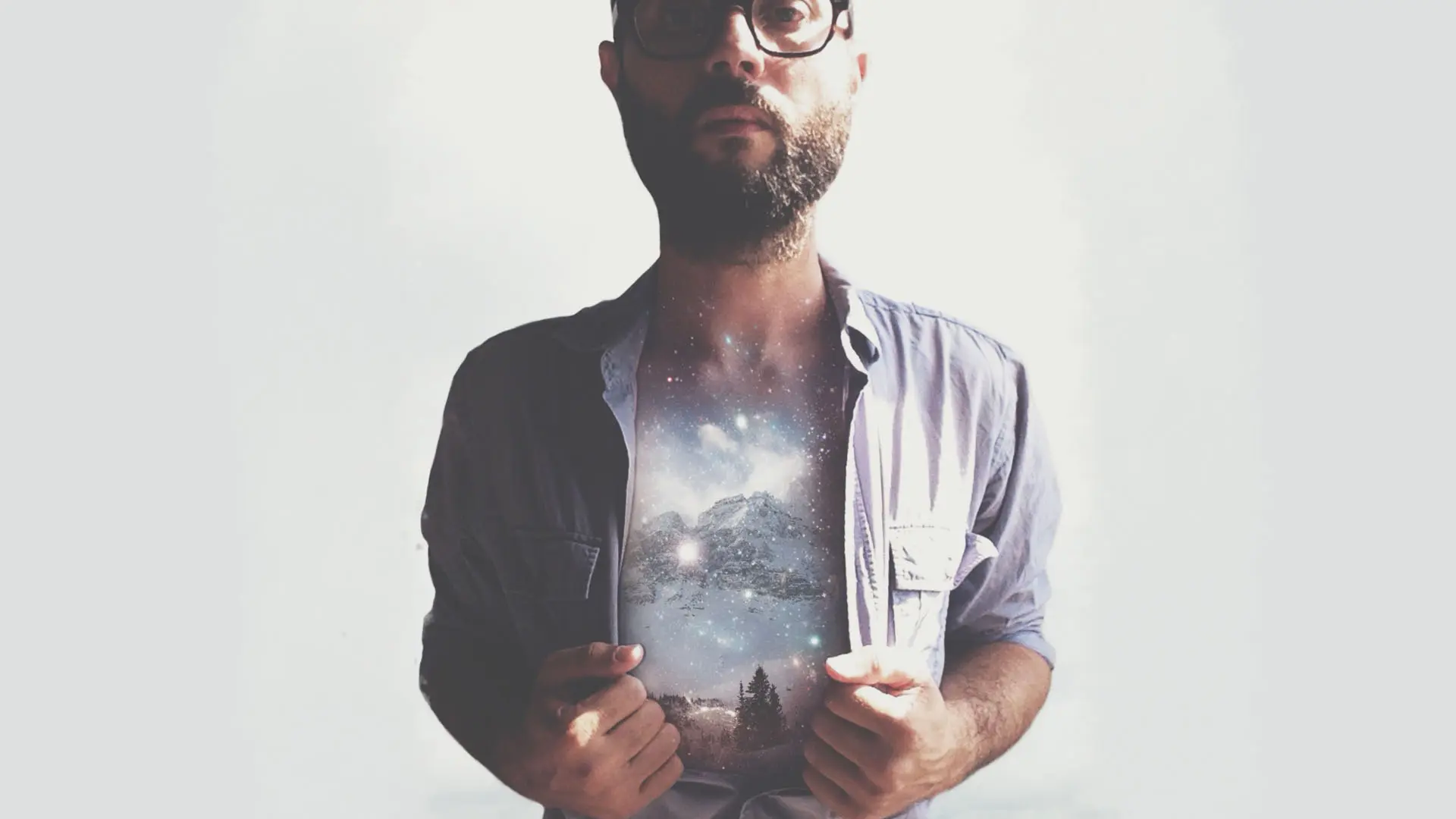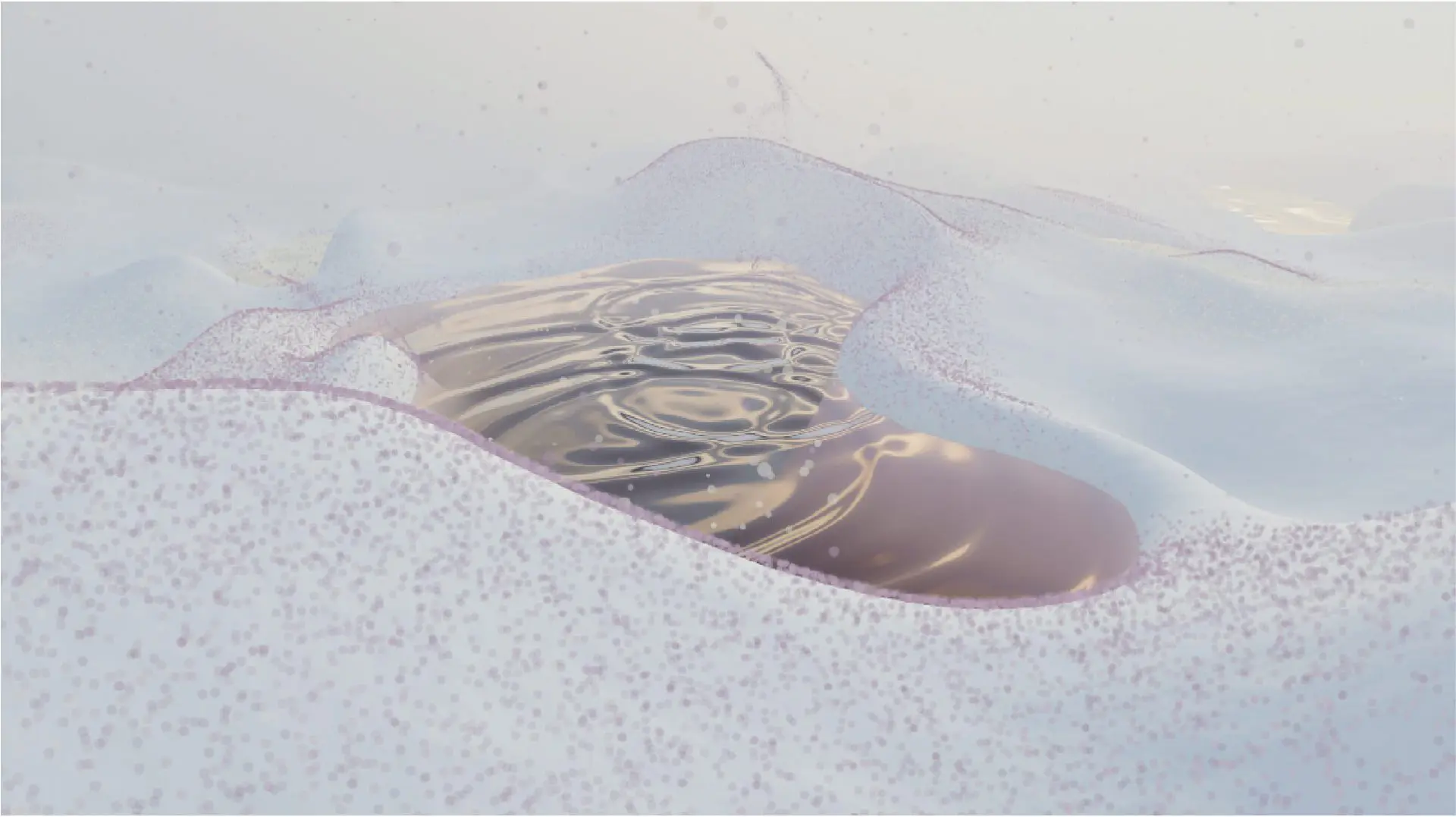From the origin of projection mapping to the greatest light festivals in the world – Limelight interview
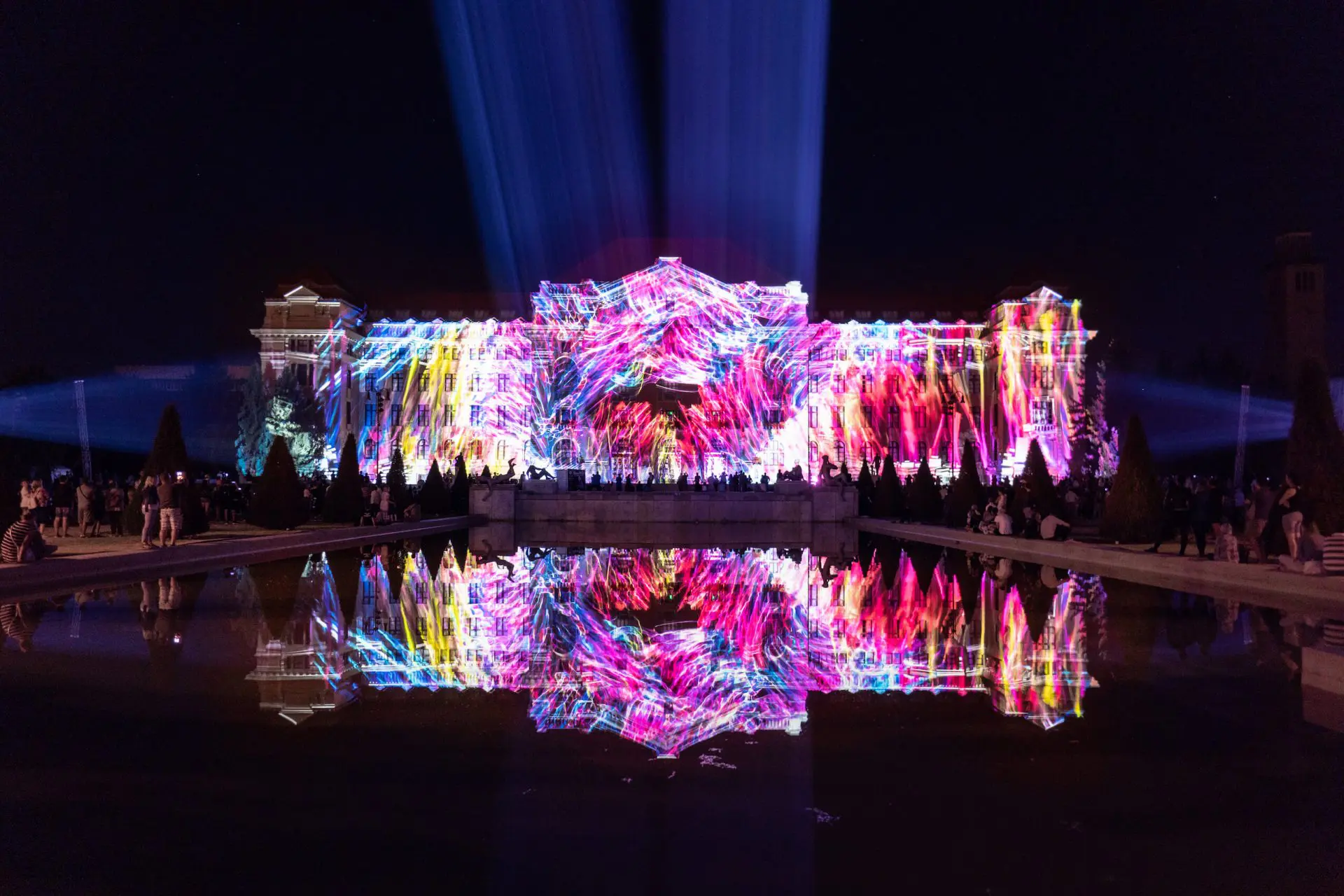
Since its birth in 2006, Limelight has been creating mesmerizing digital artworks on a global scale while becoming the incredible collective and creative space for artists that it is today.
With nearly 20 years of experience creating projection artworks and light installations internationally, Limelight is on top of its game developing visual art experiences worldwide.
Limelight has been creating memorable visual experiences to inspire people and raise awareness by making the art of light accessible to everyone with its creations.
From 3D projection artworks to light installations, Limelight stands out with its unique approach to each project; whether it is a runway show or a city mapping projection, the variety and versatility of Limelight projects never cease to surprise the public.
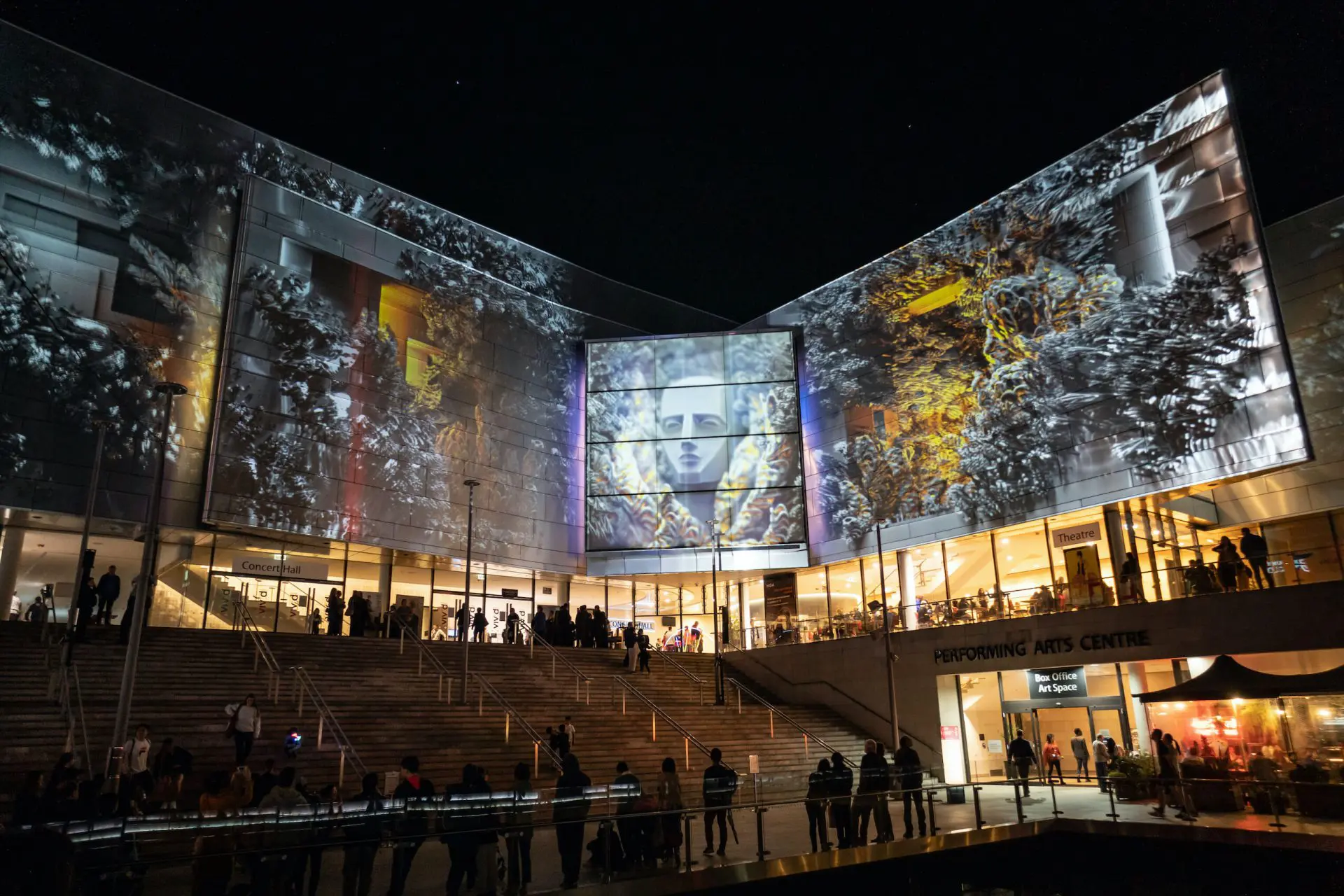
How did the journey for Limelight begin?
Viktor Vicsek and Istvan David: “We started working together on large scale building projection projects called “Raypainting” in 2004, which consisted of projecting hand painted glass slides onto large facades using high power slide projectors in collaboration with painter Dora Berkes using an analog technique.
We (Viktor Vicsek and Istvan David) founded Limelight in 2006 creating building projections mostly, and we also started to experiment with 3D projection mapping, which became the main focus from around 2010.
Light art installations, educational programs, and light art experiences followed later on, and today Limelight is a collective and creative space for artists working with light and digital art.”
Why Limelight, why focus on 3D projection artworks and light installations?
Viktor Vicsek and Istvan David: “When we were looking for a name, Limelight seemed to be the perfect choice for creating extremely bright illuminations in public spaces that attract people’s attention.
‘Limelight’, also known as Drummond light or calcium light, is a type of stage lighting once used in theatres and music halls.
An intense illumination is created when an oxyhydrogen flame is directed at a cylinder of quicklime (calcium oxide), which can be heated to 2,572 °C (4,662 °F) before melting. The light is produced by a combination of incandescence and candoluminescence.
Although it has long since been replaced by electric lighting, the term has nonetheless survived, as someone in the public eye is still said to be “in the limelight.” The actual lights are called “limes”, a term which has been transferred to electrical equivalents’. “

“The symbol of the first artificial light source used on stage and the metaphor of “being in the limelight” was what I liked a lot – and this is how the name came.
Our ultimate goal is to create public artworks that take the viewers out of their everyday lives and deliver messages that raise awareness, and to make the art of light accessible to everyone.
Limelight is also a creative space for young artists, helping them to express themselves working with this medium supported by the experience of the founders.
Why do we do it? Because we still love every single minute of creating unique artworks and sharing our knowledge with a new generation of artists.”
Are you interested in immersive light-based monumental installations? Have a look at: Into the light with Bruce Munro
Having created light experiences all around the world for over 20 years, which are the main values, concepts or style inclinations that above all will always represent Limelight?
Viktor Vicsek and Istvan David: “The most important thing is harmony with the public space our artworks are created for. Every single artwork is site specific and unique, and respects the architecture / public space it is created for.
Since Limelight is not a single artist with a specific style, the style of our creations are also different depending on what style fits the specific space or message we’d like to deliver.
We create memorable visual experiences; art makes the world a better place; light brings brightness and warmth to every soul.
We aim to inspire people and raise awareness by making the art of light accessible to everyone with our creations.”
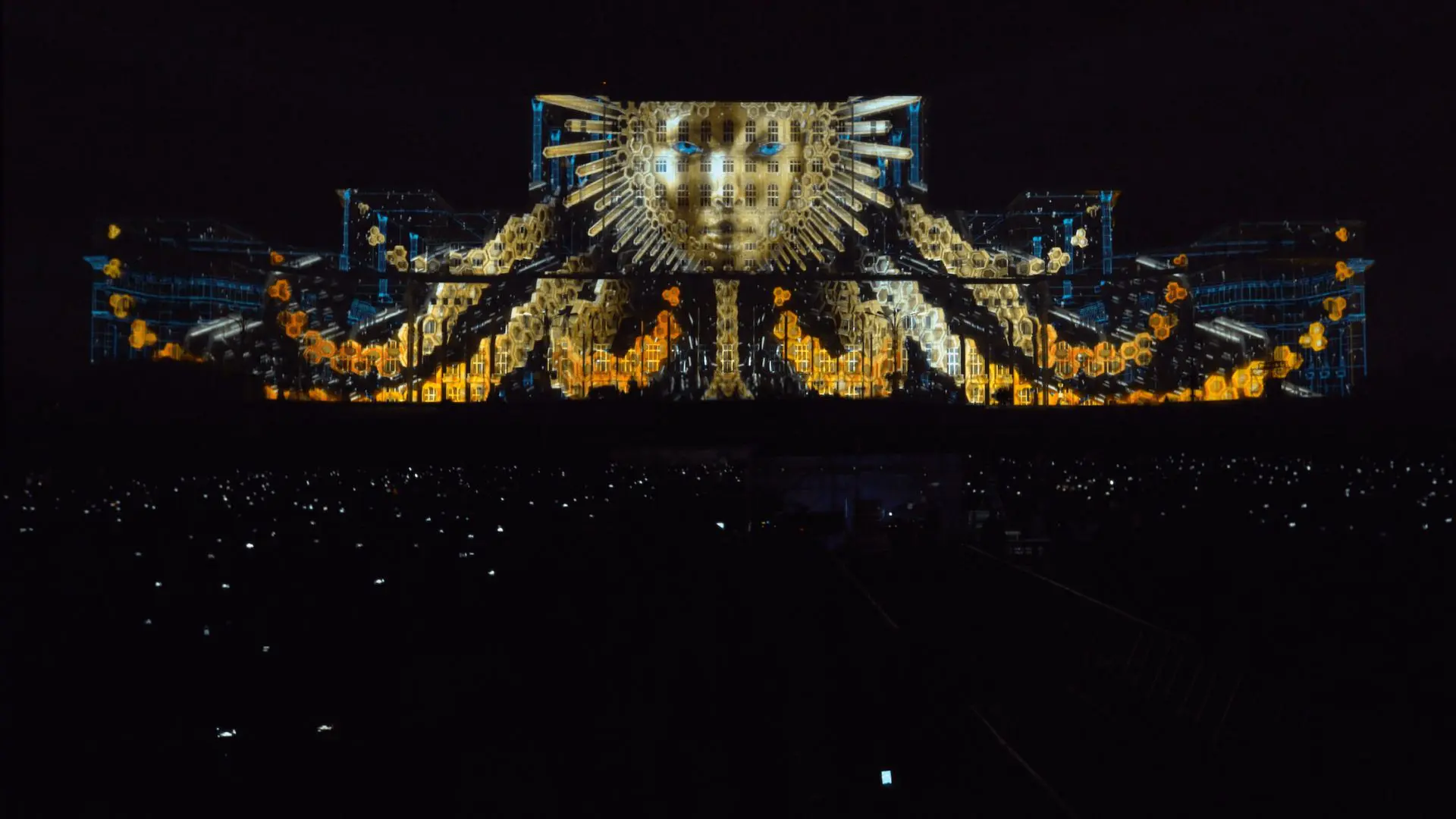
With a variety of clients and different needs of each one, how do you choose the type of project to develop?
Viktor Vicsek and Istvan David: “We aim at working with those that recognize and appreciate the experience, approach and philosophy that we represent.
Whenever we have the opportunity, we opt for projects that give us the freedom to create in a way that corresponds to our values.”
As technology has evolved, your work has evolved with it portraying some of the most mesmerizing projection mappings. What are the major issues or biggest challenges you have encountered in your design process?
Viktor Vicsek and Istvan David: “Still today, many think that projection mapping is about technology. Technology is of utmost importance for our work, and we do follow up on new technologies of course. However, for us, projection mapping is about the content.
Projection mapping is an artform. The challenge for us is to make our clients understand that there’s more to it than projecting onto large buildings. There is a complex philosophy behind it that we believe in and represent.”
Would you like to see more light art projects? You might be interested in 7 light art pieces worthy of the spotlight
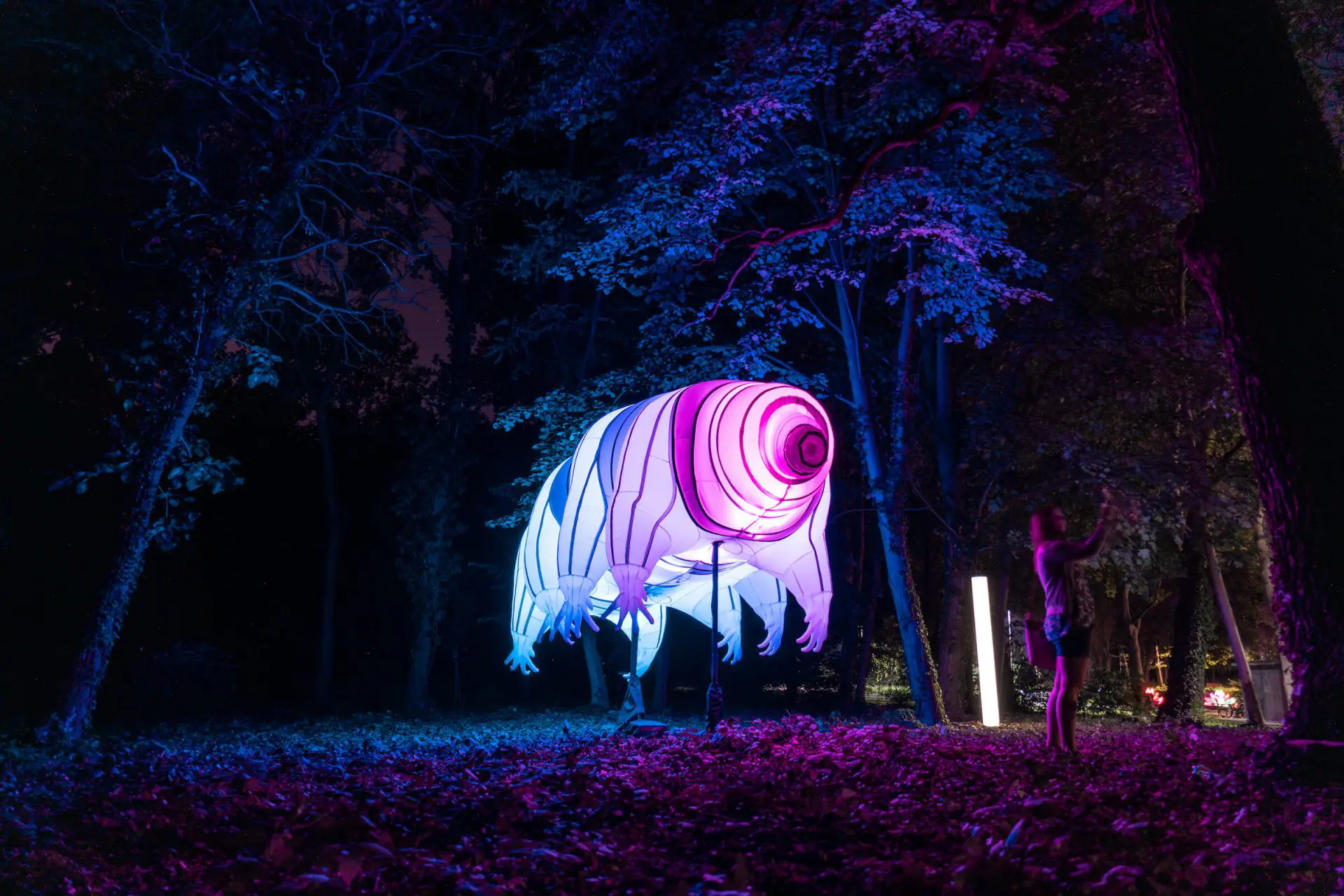
In February this year, you had complete artistic freedom when working with Rag and Bone during New York Fashion Week. What kind of feedback and reaction do you receive when people see your creations?
Viktor Vicsek and Istvan David: “We always make sure that our artworks are documented in a professional way, so they can be enjoyed later by our audience on our social media channels. However, seeing these artworks in real life is the best way to enjoy them.
There’s no better feeling than seeing people getting immersed in and being mesmerized by our artworks. We usually have the opportunity to present our artworks to people that would otherwise not see art, e.g. go to a museum or gallery, to make art accessible to a larger audience.
In terms of rag&bone, people came to see the collection and not our artwork, however, we felt that we could elevate the show to another level by adding an immersive experience to it.
We are lucky to have people get immersed in our artworks, and we never received negative feedback – our audience is usually mesmerized by our projection mapping artworks, and we also aim to create mesmerizing pieces that give them the feeling of being part of it.
It’s amazing to watch this happen, we could never get enough of it.”
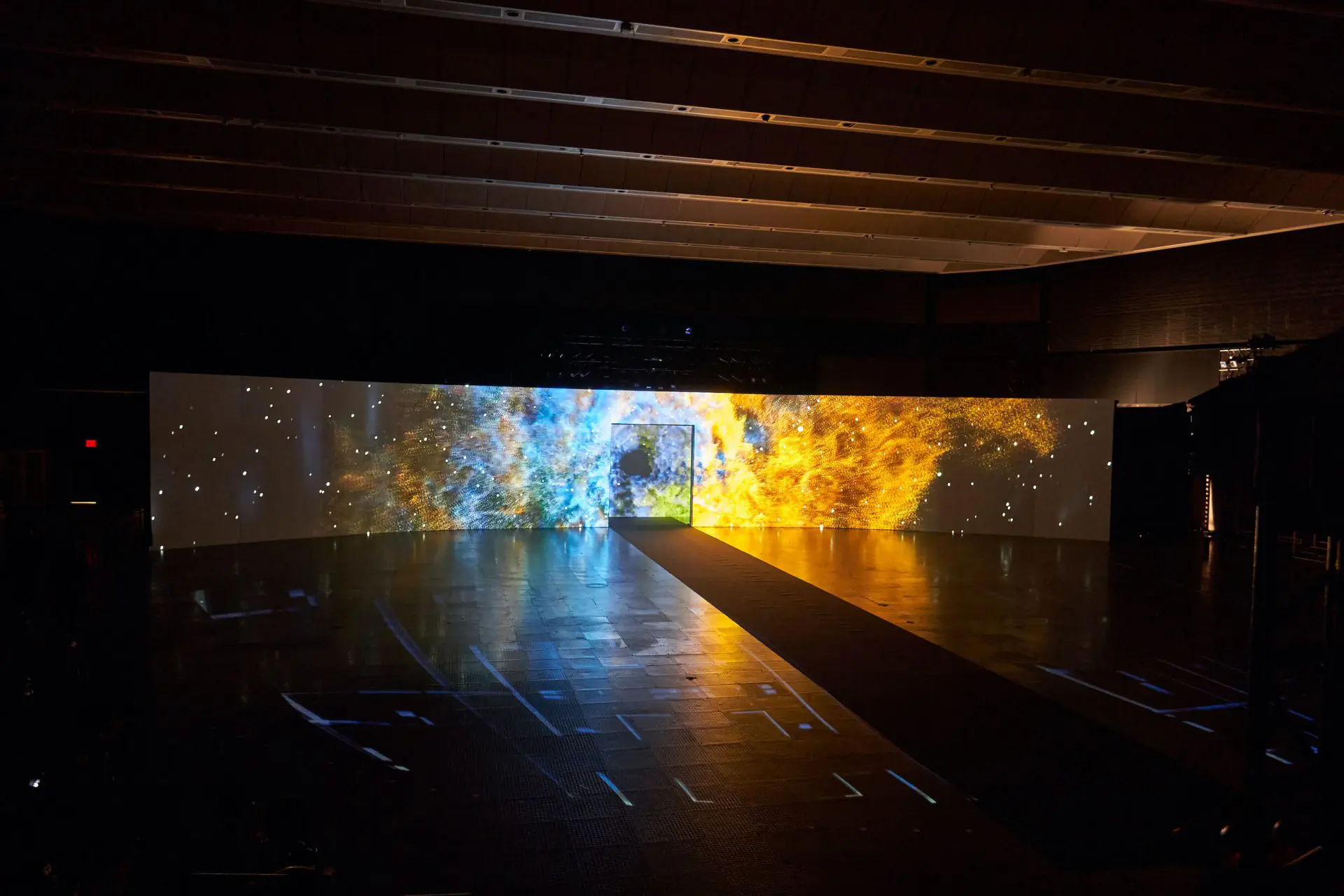
Some of your team members were already there when video projection mapping was born, and since then you have kept on developing light art concepts. What do you think about the main trends of projection mapping?
Viktor Vicsek and Istvan David: “The term projection mapping itself is an interesting one because we have a different understanding of it than people usually do nowadays. There’s a trend of calling every single type of projection, even the ones on LED walls, projection mapping.
We believe that projection mapping is a form of art and not a type of technology. For us, projection mapping is an artwork that is custom created, and respects and is designed for the architecture of the building – it’s more complex than just projecting something to somewhere that looks somewhat good.
Projection mapping is the harmony created by architecture, music and the unique animation content.”
Your latest art installation made with led lights will be on show for the first time in Debrecen, Hungary. What is the next step for Limelight?
Viktor Vicsek and Istvan David: “Classic events that we’ve been working with are erased by the pandemic. With that, we started putting more emphasis on our education program, Limelight Academy – it’s always been very important for us to pass over our knowledge to the younger generation of artists.
We mainly work on public installations that are permanent, and have been experimenting with new formats for projection mapping. One of the results of these experiments is our Micromonumental Mapping.
The concept behind our artwork was the power of creation – be it constructive or destructive. Parallel life cycles of birth, decay and rebirth follow one another. When we decided to take this direction, we had no idea that a global pandemic is on its way with all of its destructive power. We couldn’t believe the irony of it!
So, what do you do when you have an artwork ready to be viewed by the audience but said audience is in quarantine? You keep creating.”
Viktor Vicsek and Istvan David: “We decided to showcase our artwork in a new format: we 3D printed a 1:40 model of the original building of the Opera House of Lille, projected the artwork onto the model and live streamed it to the audience.
We also hosted a Q&A session after the live stream to engage with those who joined us for this very special project. We wanted to show that we, as a collective, are strong and we are here to stay.
We couldn’t let the pandemic take this project away from us, and we certainly didn’t pour our heart into it so it can sit in the drawers.
And the living proof that rebirth always follows is that our artwork, Micromonumental Mapping was invited by Wonderspaces to be showcased in the US, first in Scottsdale, Arizona, and it’s been a success, so they plan to exhibit it in some other cities, too.
Well, it seems that we created a new dimension of projection mapping, and we love that!”
